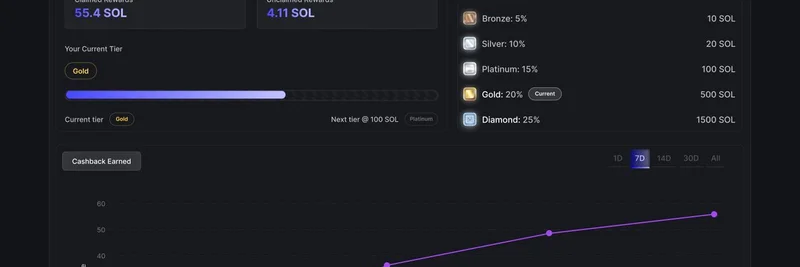In the fast-paced world of crypto, big players are always jockeying for position, and right now, there's an exciting showdown brewing between Stripe and Coinbase. Crypto journalist Laura Shin highlighted this in her recent tweet, pointing to an in-depth article on Unchained Crypto that breaks down the race to own stablecoin payments. As someone who's been deep in the crypto trenches, I can tell you this isn't just about payments—it's about shaping the future of how we handle digital assets, including those wild meme tokens we all love.
Stablecoins, for the uninitiated, are cryptocurrencies designed to maintain a stable value, often pegged to fiat currencies like the US dollar. Think of them as the steady anchors in the volatile sea of crypto. Popular ones like USDC (issued by Circle, which has ties to both Stripe and Coinbase) make it easier to trade, lend, and spend without the wild price swings of Bitcoin or your favorite dog-themed meme coin.
Why Stripe and Coinbase Are Going Head-to-Head
Stripe, the payment processing giant that's already handling over $1.4 trillion in transactions annually (that's more than 1% of global GDP!), is making a bold comeback to crypto after a brief pause. They've acquired Bridge, a stablecoin infrastructure provider, for a whopping $1.1 billion, and they're even building their own blockchain called Tempo. This means Stripe is gearing up to let merchants accept stablecoin payments that settle directly as fiat in their accounts. They've also launched stablecoin financial accounts in over 100 countries, allowing businesses to hold, send, and receive stablecoins across multiple blockchains.
On the other side, Coinbase, the go-to crypto exchange, is pushing hard into commerce with its Coinbase Payments stack. They've teamed up with Shopify to let merchants accept USDC on the Base network, Coinbase's own layer-2 blockchain. This partnership includes an open-source protocol that mimics traditional credit card flows but on-chain, charging just 1% per transaction. Coinbase is essentially saying, "Hey, payment providers, use our tech to bring stablecoins to your platforms."
Both are charging fees—Stripe at 1.5% and Coinbase at 1%—but the real game is in building ecosystems. Stripe has the merchant network advantage, while Coinbase has deep crypto roots. If Shopify's massive $181 billion in payment volume sees even a tiny shift to stablecoins, we're talking billions in new transaction flows.
How This Affects Meme Tokens
Now, you might be wondering: what does this mean for meme tokens? Well, meme coins thrive on hype, community, and quick trades, but they often rely on stablecoins for liquidity and entry/exit points. Easier stablecoin payments could supercharge meme token adoption by making it simpler for normies to buy in without dealing with clunky fiat-to-crypto conversions.
Imagine swapping your USDC for the latest viral meme coin on a Shopify store or through a Stripe-integrated app—seamless, low-fee, and fast. This competition could drive down costs and improve speeds, especially if Stripe's Tempo blockchain delivers on promises of cheaper transactions. For DeFi enthusiasts and meme token traders, it means more on-ramps, better interoperability, and potentially higher volumes as stablecoins become the default for cross-border payments.
But it's not all smooth sailing. Regulators are watching closely, and as stablecoins grow to a projected $2 trillion by 2028, any winner here could influence how meme tokens integrate with traditional finance. If Coinbase wins with its crypto-native approach, we might see more decentralized tools that favor volatile assets like memes. Stripe's win could mean a more centralized, user-friendly gateway, pulling in mainstream users who then dip their toes into meme fun.
The Bigger Picture in Crypto
Laura Shin's article nails it: both companies are building the track before they race full-speed. They're even collaborating for now—Stripe uses USDC on Base for some features—but as the market matures, expect fireworks. For blockchain practitioners, this is a golden opportunity to level up. Dive into stablecoin tech, experiment with Base or Tempo when it launches, and keep an eye on how these integrations evolve.
At Meme Insider, we're all about decoding these trends to help you stay ahead. Whether you're farming yields in DeFi or hunting the next 100x meme, understanding stablecoin payments is key. What do you think—who wins this race? Drop your thoughts in the comments, and check out Laura's full piece for more details.
Stay memeing, folks! 🚀


